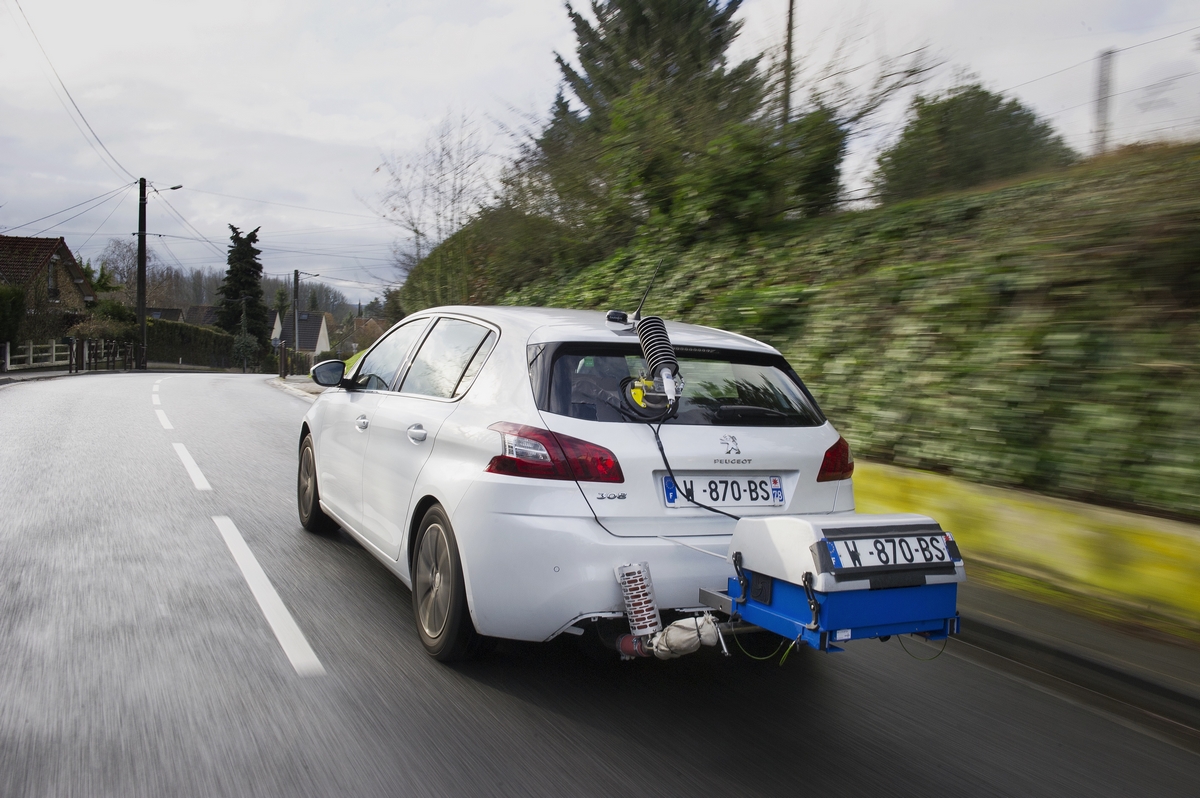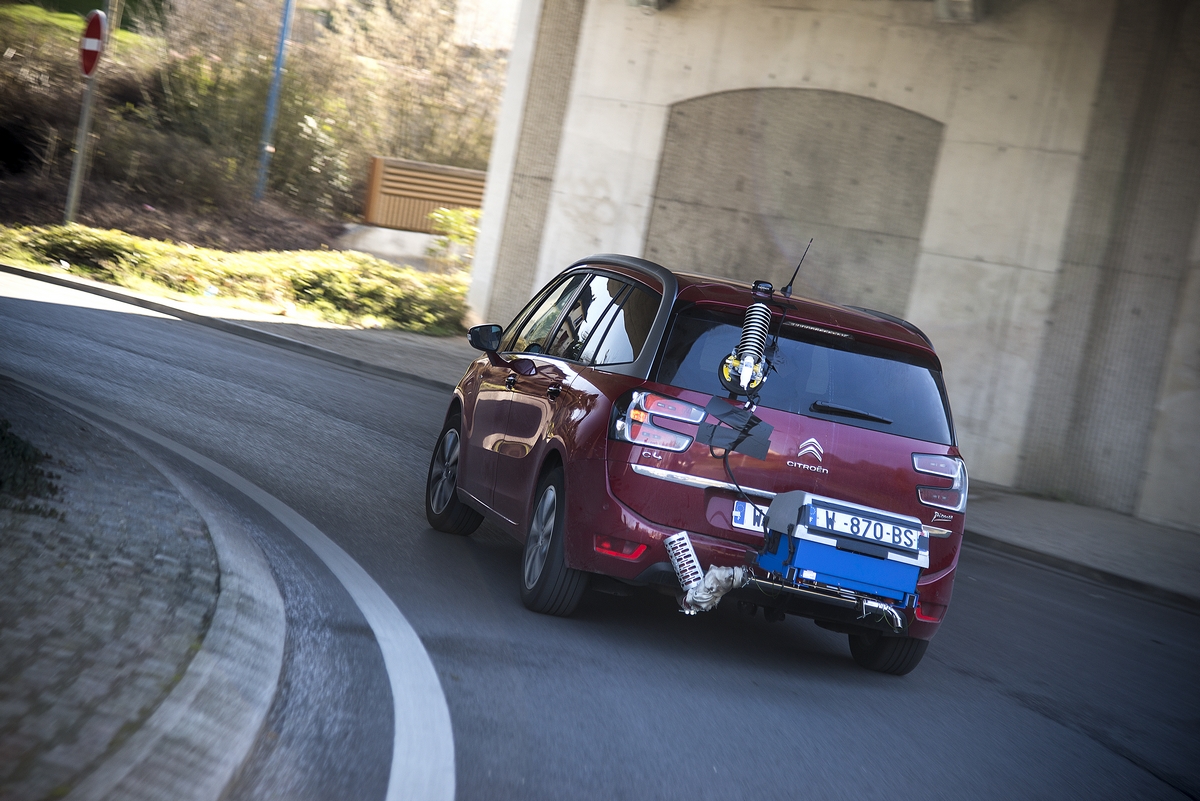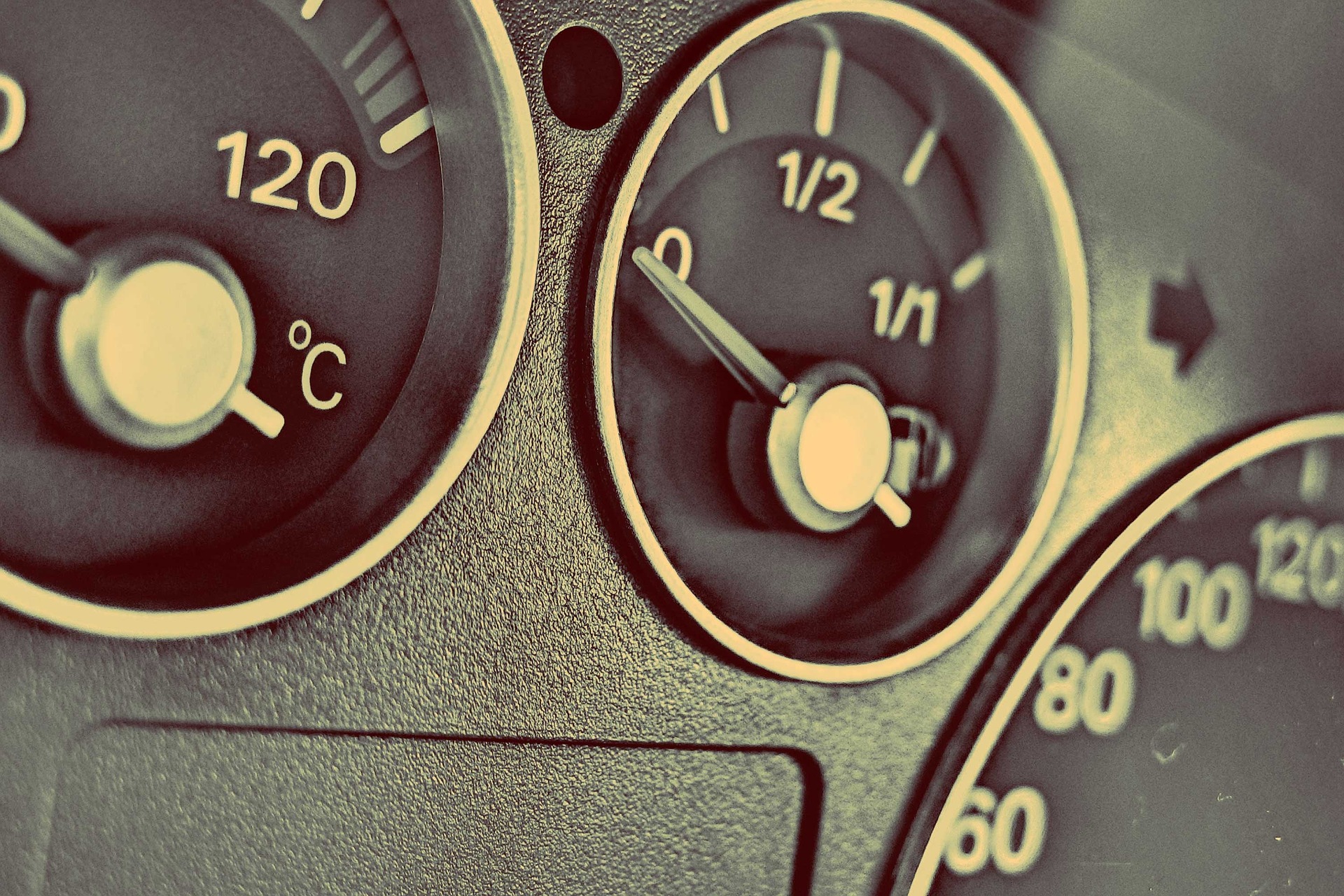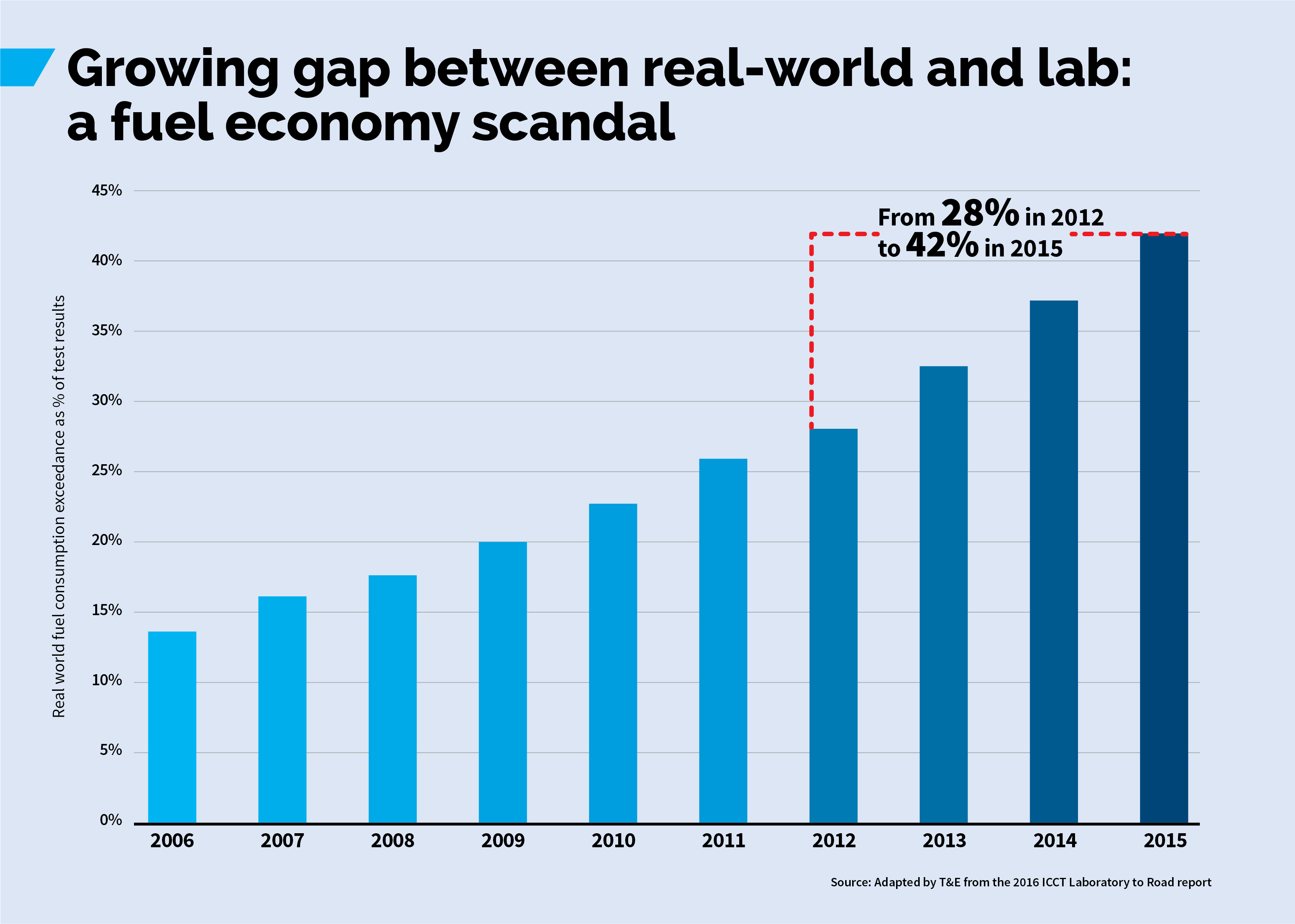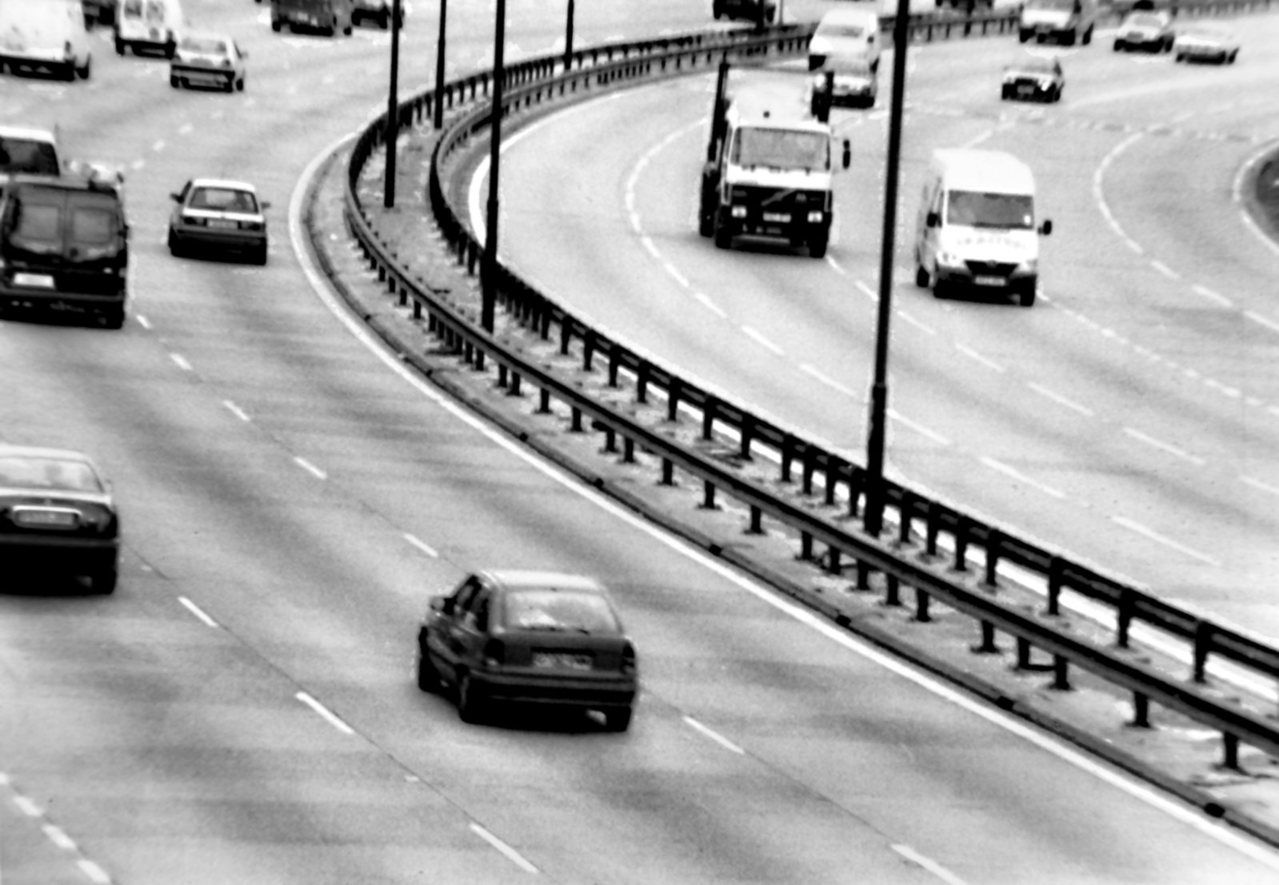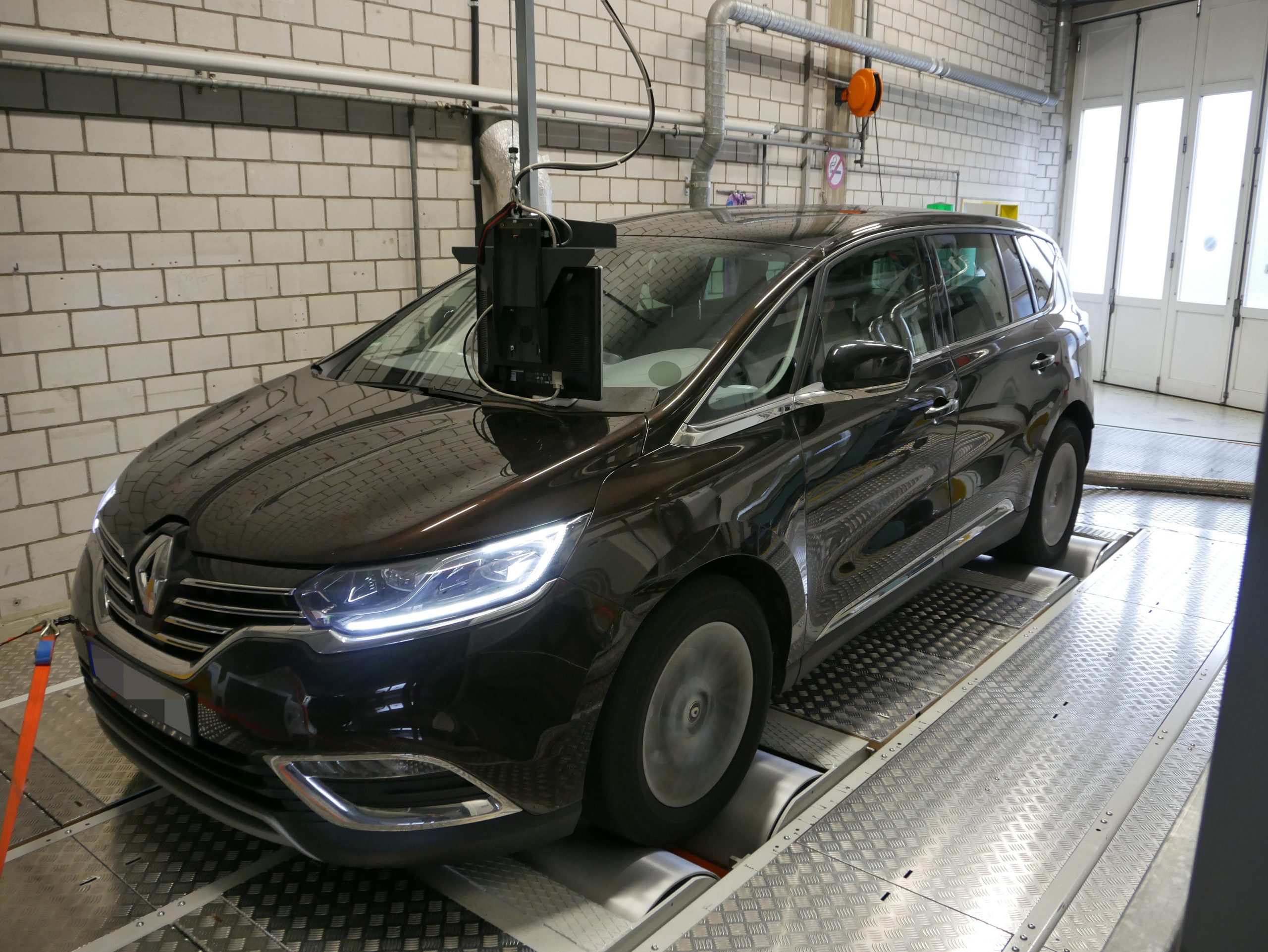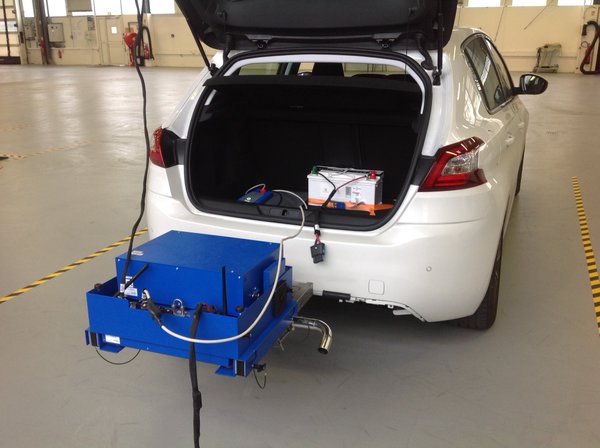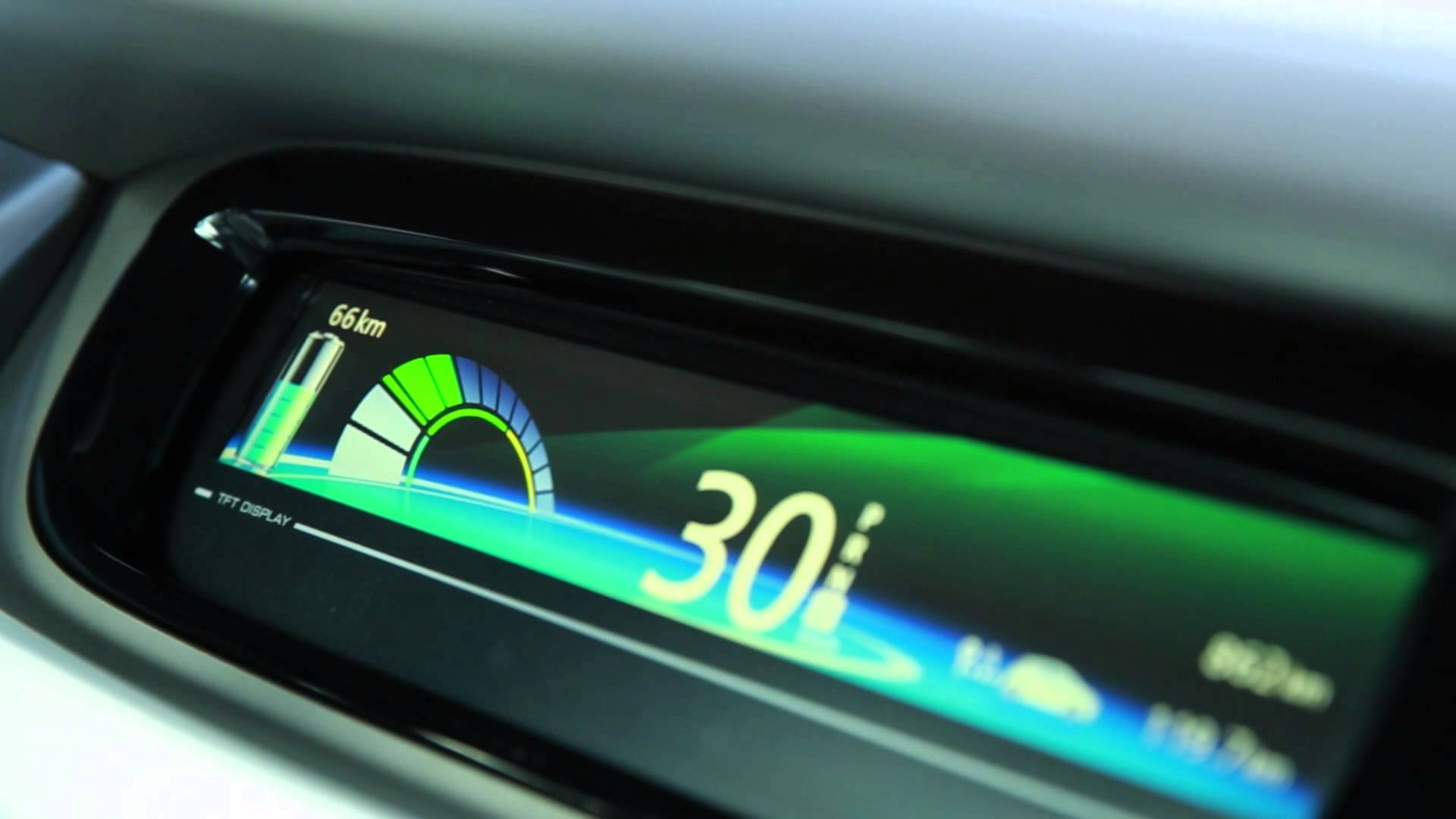Car CO2 law failed to lower emissions on the road – analysis
As details of the forthcoming car CO2 regulation are finalised, T&E has issued research highlighting the failure of the current CO2 regulation to lower CO2 emissions on the road and what solutions are available to tackle this.
